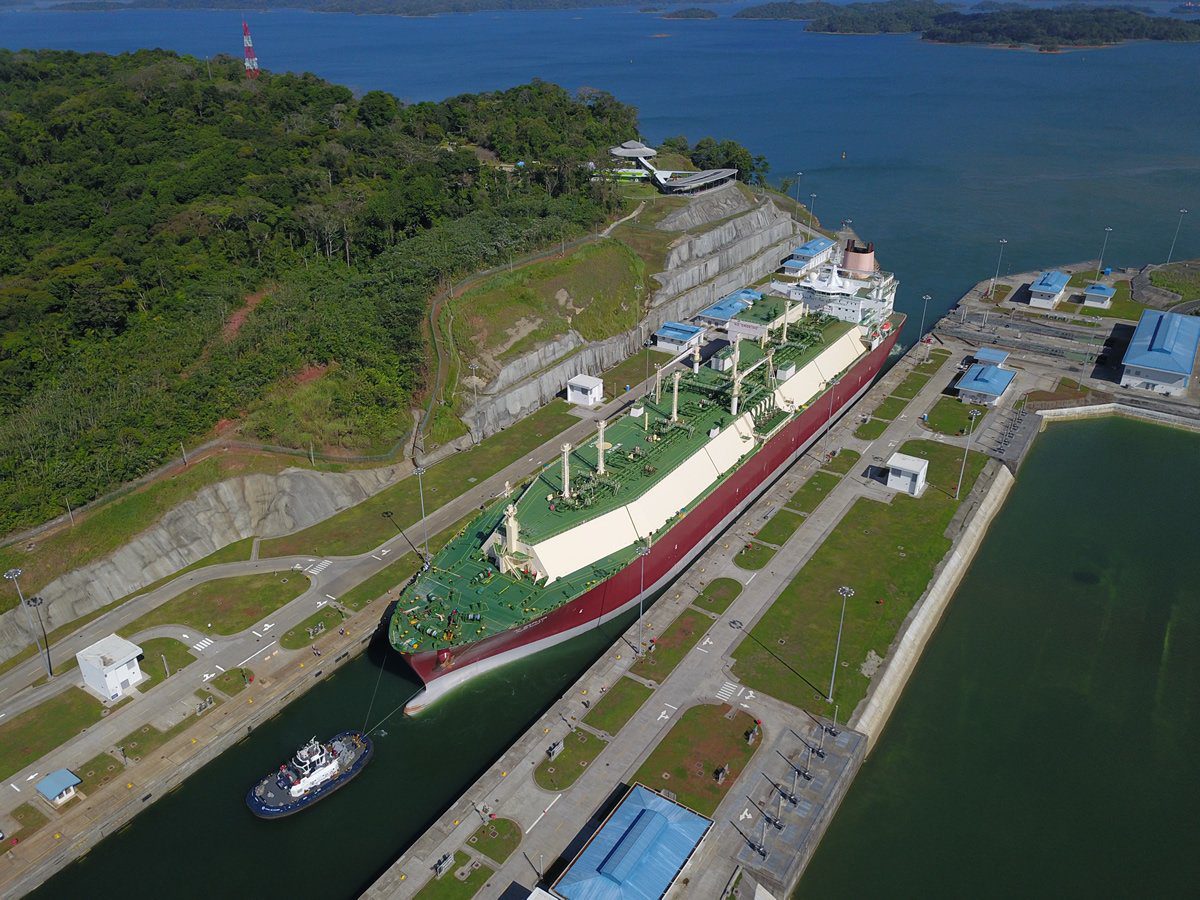Interior’s Burgum Floats Shipping Gas From Alaska North Slope
By Ari Natter and Ruth Liao Oct 24, 2025 (Bloomberg) –US Secretary of the Interior Doug Burgum floated the concept of storing natural gas produced in Alaska’s North Slope and shipping...

By Ann Koh (Bloomberg) —
Spot freight rates for liquefied natural gas tankers in the Asia-Pacific have surged to record highs as a steady flow of U.S. cargoes to the region boosts demand for ships.
The cost of chartering a vessel to carry a shipment of the super-chilled fuel from Australia to Japan spiked to $316,750 per day on Tuesday, five times higher than two months ago, according to data from Spark Commodities. That beats the previous high in January during a cold snap in Northeast Asia.
The jump comes in the run-up to the peak winter consumption season and is spurring concern among Asian buyers that colder-than-normal temperatures could be exacerbated by the shortage of ships, pushing costs of the electricity feedstock even higher. Asian benchmark LNG prices are currently about $39 per million British thermal units. That’s down from a peak above $56 in early October, but above the high last winter.
“There has recently been more demand in Asia for U.S. LNG, but that also means more demand for ships to bring LNG to the Pacific,” said Joseph Sigelman, chief executive officer of AG&P Group. “The situation for ships will remain tight through the rest of winter.”
Inpex Corp., Kyushu Electric Power Co. and PTT International Trading signed a memorandum last month to collaborate on LNG trading and hiring gas tankers to optimize their operations amid the dearth of ships.
Asian buyers will be hoping there are no unplanned LNG supply outages in the U.S. over winter as that would force them to seek cargoes from Australia, Southeast Asia or Qatar, putting even more pressure on the tanker market.
They’re also seeking to avoid a repeat of last winter’s congestion in the Panama Canal, and are deploying vessels to travel around the Cape of Good Hope from the U.S. to Asia, stretching shipping capacity even further, traders said. A round-trip voyage could tie up tankers for two to three months.
–With assistance from Stephen Stapczynski and Anna Shiryaevskaya.
© 2021 Bloomberg L.P.

Sign up for gCaptain’s newsletter and never miss an update

Subscribe to gCaptain Daily and stay informed with the latest global maritime and offshore news
Essential news coupled with the finest maritime content sourced from across the globe.
Sign Up